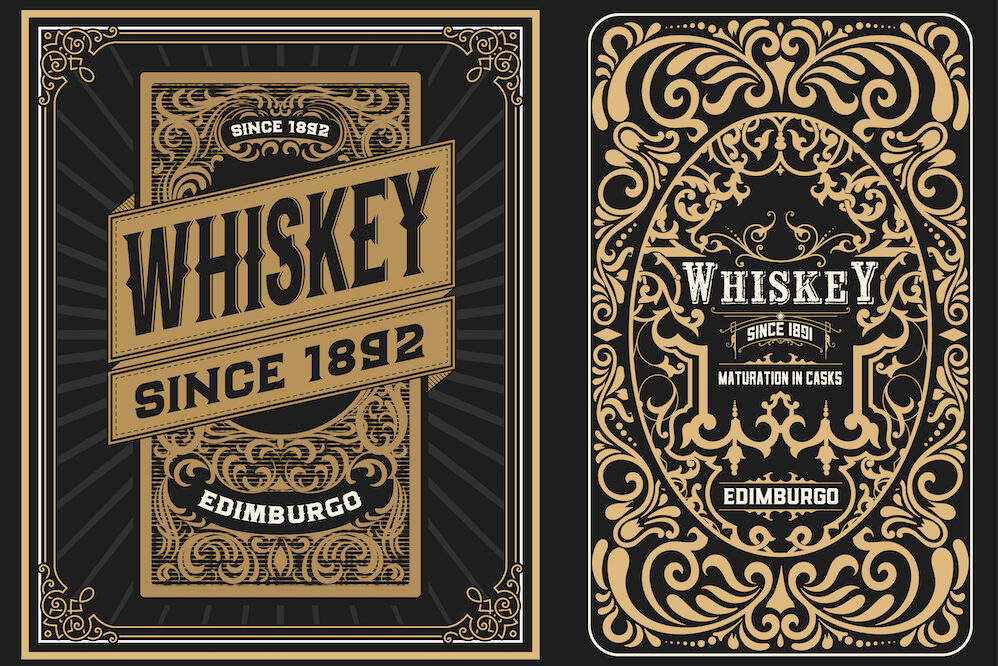Good taste is something which many of us aspire to. It is, however, entirely subjective.
That said, there are certain things about which a good number of people agree the merits of.
When it first featured in Scottish official records during the 15th-century, whisky (or ‘whiskey’, as it’s spelt by equally renowned Irish distillers) was known as ‘aqua vitae’ – literally, the ‘water of life’.
Since then, it has been the favoured tipple of many famous figures through the ages, becoming a lucrative commercial commodity in the process.
Figures released by the Scottish Whisky Association in March this year, for instance, suggested that global exports from north of the border were worth more than £6 billion during 2022.
The total value of whisky sales worldwide is expected to top £72 billion within five years.
Whisky, though, has appeal to more than the casual drinker.
According to one of the most authoritative investment indices, it continually outperforms every other leading asset class, including art, sportscars, watches and handbags.
In fact, over the course of the last decade, the value of the most prized whiskies has increased by 373 per cent.
The standing of the liquor is enhanced whenever rare individual bottles or collections come up for auction.
For example, a cask of a whisky distilled by the Ardbeg distillery in 1975 was sold last year for £16 million.
It is perhaps a sign of how desirable has become that the world’s leading auction houses stage ever more frequent sales.
Sotheby’s will mount seven auctions before the end of this year alone, including one in Edinburgh in October featuring a single 55-year-old bottle of Bowmore which is expected to fetch as much as half a million pounds.
It isn’t just the whisky but – if you pardon the pun – the global market which has matured, making brands distilled far from the drink’s historic heartlands of Scotland and Ireland also immensely collectable.
Just take the £625,000 price paid for the oldest available Japanese whisky in August 2020.
If all this has you itching to join the ranks of collectors, then there are certain things to consider beyond the need for deep pockets.
Those whiskies most likely to excite aficionados depend more on the age and the ingredients.
A distiller’s history and its packaging – such as having a label designed by a famous artist like Sir Peter Blake or the whisky held in a Lalique crystal decanter – all contribute to the value.
Some people may even be attracted by the fact that whisky is classed by the taxman as a ‘wasting asset’ and, therefore, not liable for Capital Gains Tax (CGT) if or when it is sold.
In addition, if you acquire whisky as an investment, be aware of the insurance implications too.
Whilst relatively modest collections can be accommodated within your home’s contents insurance, more expensive and expansive expenditure might well warrant specialist cover.
That’s because certain policies have what are known as ‘inner limits’ – the maximum payout for any single item – of £10,000 in the case of wine or spirits.
Furthermore, something requiring time, effort and money to obtain is worth storing correctly.
Policy small print might refer to ‘stillage’. Common to collectors and business policies, it means that you must store items in appropriate racking at least 10 centimetres off the floor to avoid their being damaged by flood, for instance.
Although that may seem relatively unimportant, it’s worth remembering that if you are going to invest in some very fine whiskies, you shouldn’t overlook the fine details.
If you’re in any doubt, it’s always best to seek advice to ensure that you’re not left with a very different and much more costly kind of alcohol-induced headache.

Written by Karen Waugh, Client Executive, Broadway Insurance Brokers

